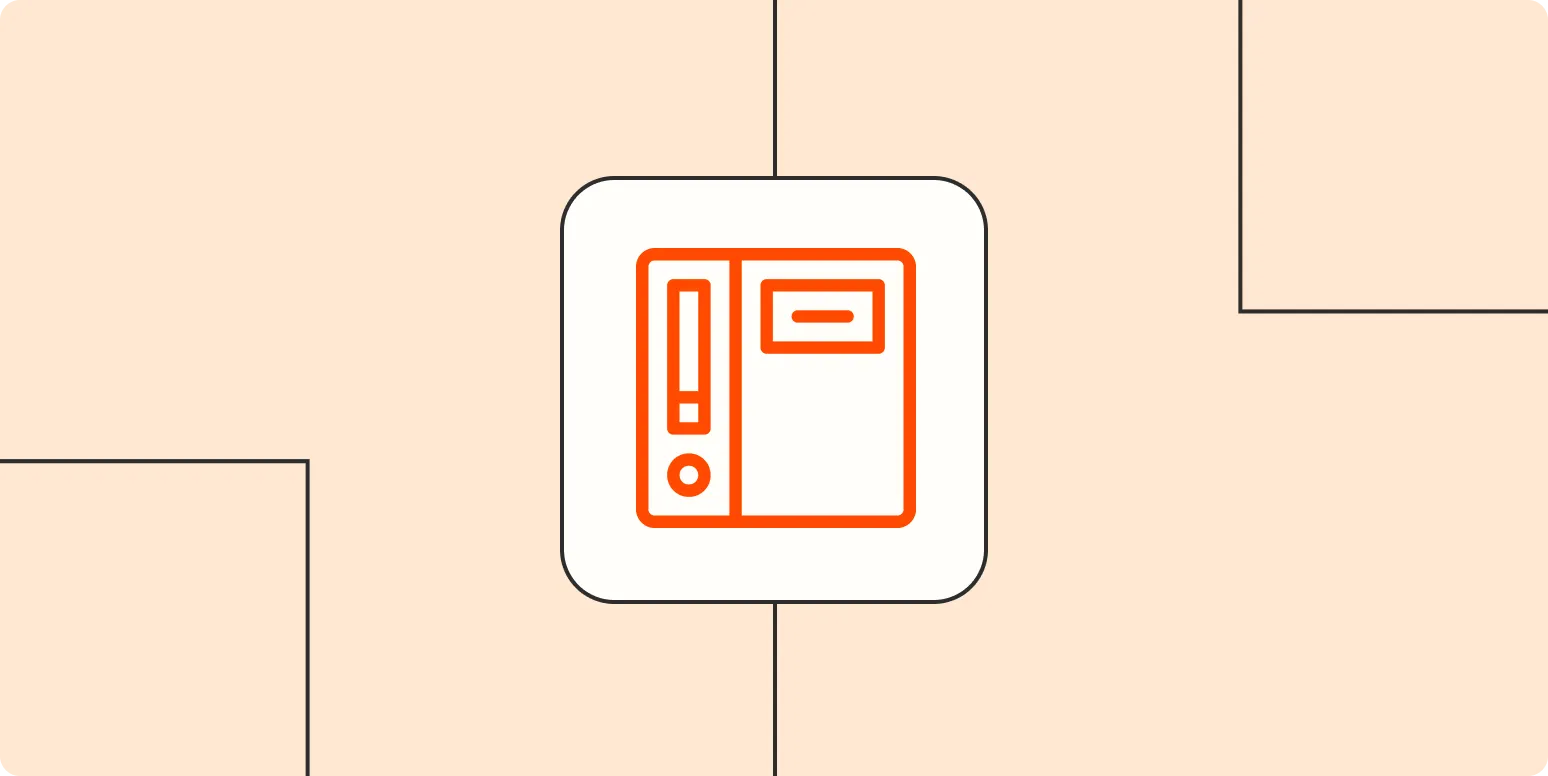Implementing proactive customer service is essential for businesses aiming to enhance customer satisfaction and loyalty. By anticipating customer needs and addressing issues before they escalate, companies can create a more positive experience. Below, we delve into effective strategies for implementing proactive customer service, supported by real-world examples and a helpful chart.
Understanding Proactive Customer Service
Proactive customer service involves anticipating customer needs and addressing potential issues before they arise. This can include reaching out to customers with helpful information, offering solutions for common problems, or even providing personalized recommendations based on customer behavior.
Key Strategies for Proactive Customer Service
Here are some essential strategies that businesses can adopt to implement proactive customer service effectively:
1. Utilize Customer Feedback
Gathering and analyzing customer feedback is a powerful way to identify potential pain points and areas for improvement. For instance, companies like Amazon consistently monitor customer reviews and ratings to refine their services. By actively seeking feedback through surveys and social media, businesses can address concerns before they become widespread issues.
2. Implement a Customer Relationship Management (CRM) System
A robust CRM system can provide valuable insights into customer behavior and preferences. Salesforce is an excellent example of a CRM platform that helps businesses track customer interactions and predict future needs. By leveraging this data, companies can reach out to customers with tailored solutions, enhancing the overall experience.
3. Proactive Communication
Proactive communication is vital in customer service. Companies can send notifications regarding order updates, service interruptions, or new product launches. Zappos, renowned for its exceptional customer service, often contacts customers to inform them about shipping delays before the customers even notice. This approach not only keeps customers informed but also demonstrates a commitment to transparency.
4. Offer Self-Service Options
Providing customers with self-service options can empower them to find solutions independently. Creating comprehensive FAQs, instructional videos, and knowledge bases can help customers troubleshoot issues without waiting for support. Apple offers an extensive support section on its website, allowing users to resolve common issues quickly.
5. Anticipate Customer Needs with Data Analytics
Using data analytics, businesses can predict trends and customer needs. For instance, Netflix analyzes viewing habits to suggest personalized content, thereby enhancing user satisfaction. By understanding customer preferences, companies can proactively offer products or services that align with their interests.
6. Train Employees for Proactive Engagement
Employees play a crucial role in customer service. Providing training focused on proactive engagement can help staff recognize opportunities to serve customers better. Ritz-Carlton is famous for empowering its employees to make decisions that benefit customers, ensuring a high level of service and satisfaction.
7. Create a Customer Loyalty Program
Loyalty programs can encourage repeat business while allowing companies to gather valuable insights into customer preferences. For example, Starbucks has a rewards program that not only incentivizes purchases but also enables the company to send personalized offers based on customers' purchasing habits.
Real-World Examples of Proactive Customer Service
To illustrate the effectiveness of these strategies, consider the following chart that showcases companies excelling in proactive customer service:
| Company | Proactive Strategy | Outcome |
|---|---|---|
| Amazon | Monitoring reviews and feedback | Improved product quality and customer satisfaction |
| Salesforce | CRM for personalized outreach | Increased customer retention |
| Zappos | Proactive communication about delays | Enhanced trust and customer loyalty |
| Apple | Self-service support options | Reduced customer service inquiries |
| Netflix | Data analytics for personalized recommendations | Higher user engagement and satisfaction |
| Ritz-Carlton | Empowering employees for proactive engagement | Exceptional customer experiences |
| Starbucks | Customer loyalty program | Increased repeat business and customer insights |
Conclusion
Implementing proactive customer service is crucial for businesses looking to differentiate themselves in today's competitive market. By leveraging customer feedback, utilizing technology, maintaining proactive communication, and empowering employees, companies can create exceptional customer experiences that foster loyalty and satisfaction. Embracing these strategies not only enhances customer relationships but also leads to long-term business success. The key to thriving in customer service is to stay ahead of customer needs and consistently deliver value.





